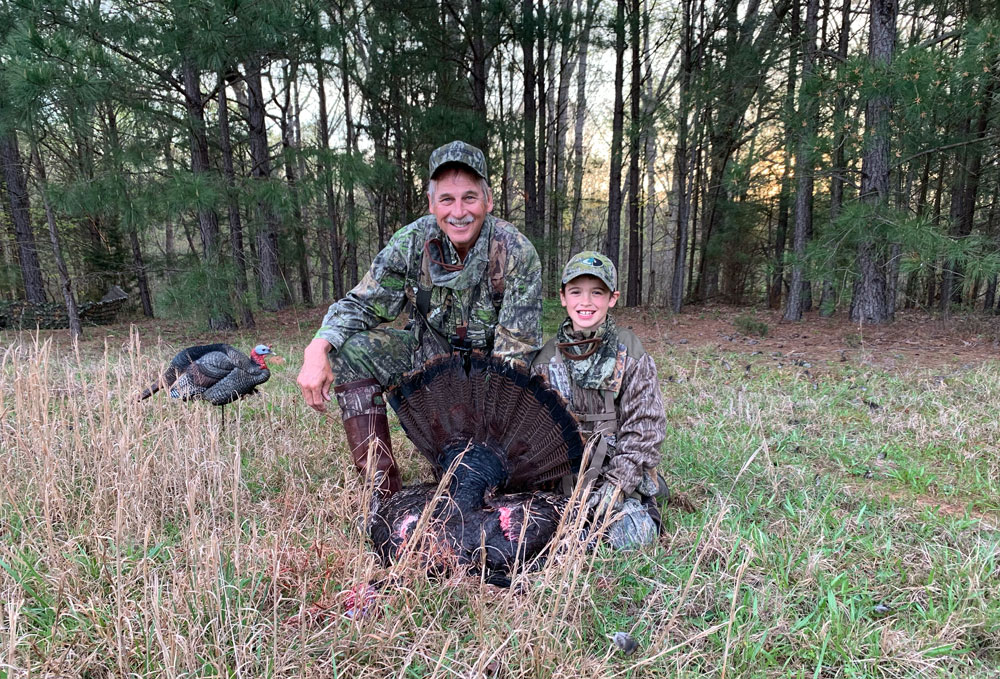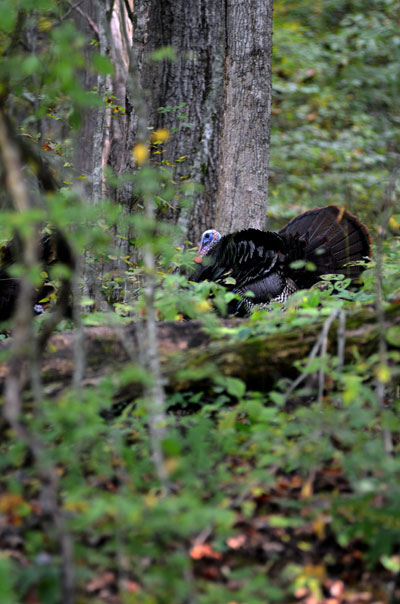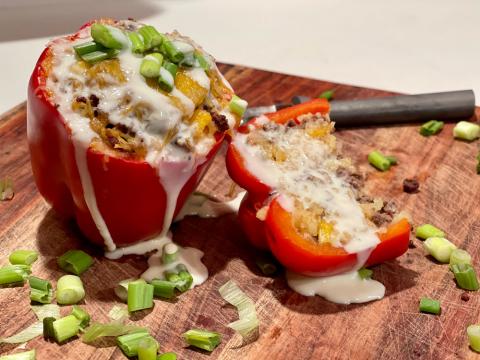provided by John Phillips
Mossy Oak Fishing Team Member Hank Parker is known by many as a tournament bass fisherman because that’s where he built his name and reputation in the early days of the Bassmaster tournament trail. Hank is a true outdoorsman and loves hunting just as much as he loves fishing. He’s an avid turkey hunter. Hank hunts turkeys in North Carolina and South Carolina.

Closing the Distance
If I hear a turkey gobble a pretty good ways from me, I’ll start to close the distance between us. I believe that how you close that distance is a major key in whether or not you’ll spook a turkey - definitely something you don’t want to do. Many hunters drastically underestimate how far a turkey can see. A gobbler has incredible vision and can see a hunter coming toward him from many, many yards away. So, if the woods are dense enough for me to move to that turkey, I walk really slowly while taking very deliberate steps. Instead of just walking through the woods, I sneak and don’t ever get in a hurry to go to a turkey, because then I’ll be more likely to spook the one I’m trying to take.
I also don’t want to startle a squirrel, a crow or blue jay, since those animals will give alarm calls to the turkey. If I spook a squirrel, he’ll start barking, and the turkey will know my position. If I spook a crow, he’ll chirp, and the turkey will know in which direction not to go. If I spook a blue jay, he’ll become loud and make the turkey run off. Now the only thing that’s worse than scaring one of those animals is spooking a deer. If I jump a deer while going to a turkey, there’s a chance of the buck heading straight toward that turkey. So, when I’m sneaking to a gobbling turkey, I’m looking for deer, squirrels, crows and blue jays as I move through the woods.
 Another thing that I believe is critical while going to a turkey is never calling to him. I won’t call to a gobbler until I’ve sat down, got my gun on my knee, made sure that all of my camouflage is working, can see through my facemask and can feel my gun through my Mossy Oak patterned gloves. If the gobbler doesn’t answer the first call I give him, I don’t get up and try to get closer, nor do I call aggressively. Instead, I wait at least 5-7 minutes before I call again. If that turkey has heard my hen yelp, he may be on the way to me.
Another thing that I believe is critical while going to a turkey is never calling to him. I won’t call to a gobbler until I’ve sat down, got my gun on my knee, made sure that all of my camouflage is working, can see through my facemask and can feel my gun through my Mossy Oak patterned gloves. If the gobbler doesn’t answer the first call I give him, I don’t get up and try to get closer, nor do I call aggressively. Instead, I wait at least 5-7 minutes before I call again. If that turkey has heard my hen yelp, he may be on the way to me.
One of the worst mistakes that a turkey hunter can make is to get up when a turkey is coming to him and spook the bird. If the day is bright and clear, then after 7 minutes, I’ll give him a few more soft yelps and clucks. However, if the day is windy, or the woods are too open between me and the gobbler, then I’ll probably use a mouth diaphragm call. The first call I give him will be a cutting call. I want to get that turkey fired-up and excited about breeding. If that turkey is 200-250 yards away, I want him to respond by gobbling to me. If he does, I should be able to harvest him. Many times, that cutting call will make a turkey gobble. Since I wear those super-duper hearing aids, I can hear a turkey drumming at 100 yards.
By that time, I’ll have my gun on safety and sitting on my knee. Then I’m ready to shoot when I see him. If I don’t spot that turkey for a long time, I can use my striker that’s fixed to my leg to give him some soft yelps. Soon after, I’ll purr on that glass call.
Shotgun and Shells
I’ve started using Apex Ammunition #9 shot, which is Tungsten Super Shot (TSS), in my 20-gauge Benelli shotgun. I’ve been really impressed with the pattern and knockdown power of those shells. With that combination of shotgun and shells, I can kill a turkey from 60 yards, graveyard dead. Although more than likely, I’ll try to get that turkey within 35 yards before I shoot. I really enjoy watching a turkey display, strut, drum and come to within 35 yards of where I am.
If I don’t harvest that bird, I’m okay with that. If I know for sure that that turkey is not going to come in closer than 60 yards, then I’ll take him. However, since we only can take three turkeys in South Carolina, I don’t get overexcited and feel like I have to go home with a bird in the back of my hunting vest.



























